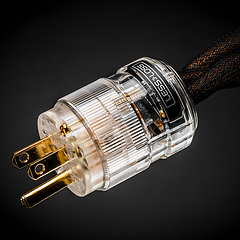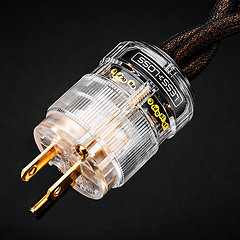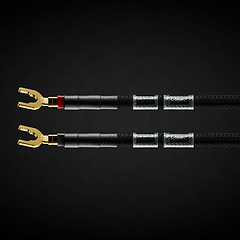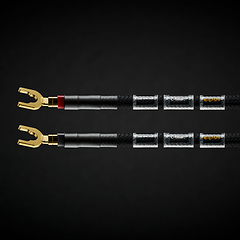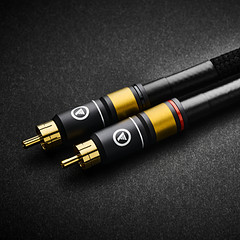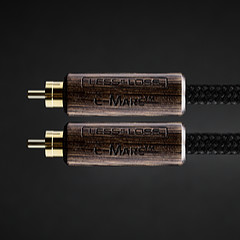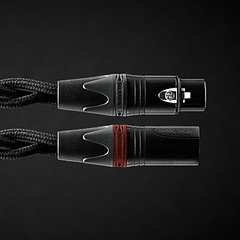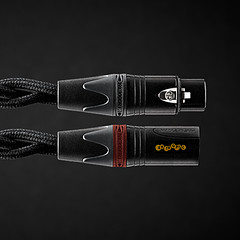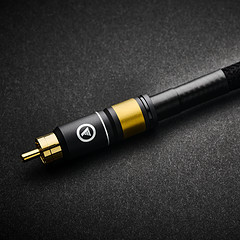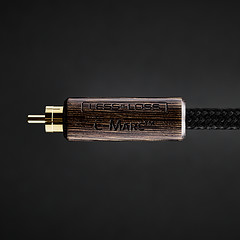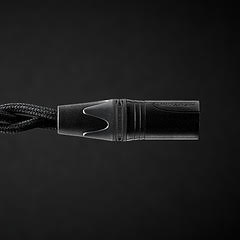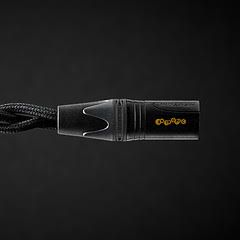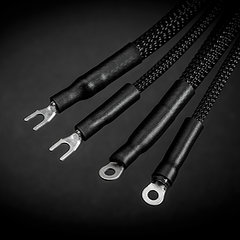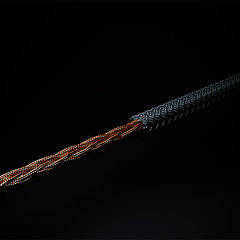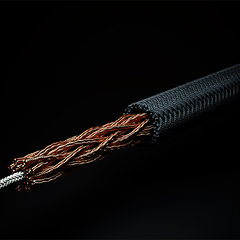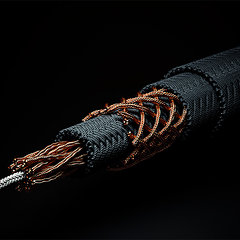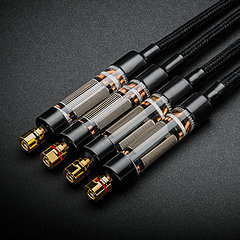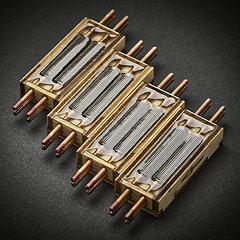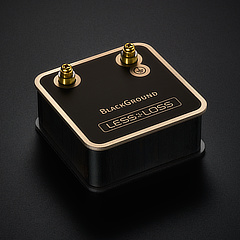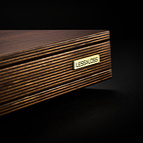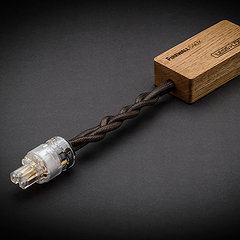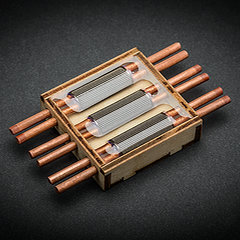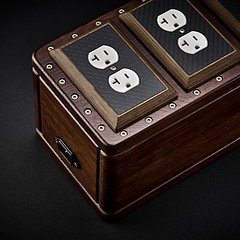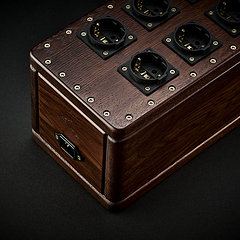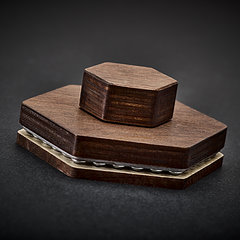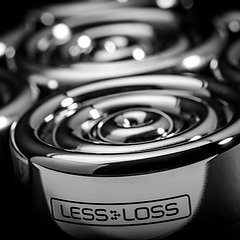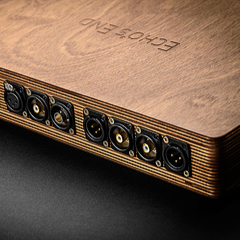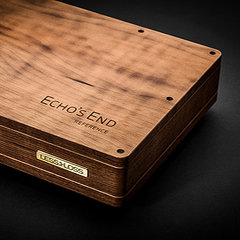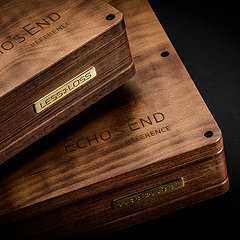- Asynchronous Reclocking
- I2S
- Output Stage
- Error Correction vs. Jitter
- Slaving Computer Soundcards
- Battery for Digital Schematics?
- Stacking Multiple Converter Chips
- Benchmark's UltraLock
- Digital Filtering
- One-box CD Players
- Synchronous Reclocking
- Jitter Sources
- Large Buffer
- Disbelief in LessLoss
- A/D Converters
- Sampling Rates
Question:
Why do some manufacturers stack two or even four converter chips per channel? Why do you not practice this?
LessLoss Reply:
The technical background you need to know is that at the audio output of a DAC chip you have a signal which is mostly current. The output stage of a DAC device always does something called I/U conversion. I/U conversion means conversion from current to voltage. You need to raise the voltage which comes out of the DAC chip. That's what I/U conversion achieves. Now, to carry out I/U conversion, you can do it actively or passively. If you do it actively, then the DAC chip's audio output leg is not under a load. But if you do it passively by means of an output transformer, then what happens is that the DAC chip's audio output leg receives a load. So one solution to overcome this is to use two (or more) DAC chips in parallel so that the DAC chips' output legs now generate a higher current (the curents are added). This higher current can then better handle the load presented by the transformer. This is the only reason multiple DAC chips are used per channel, regardless of what various marketing may state.
In the past, when the technology of DAC chips were limited to only 16 bits, this method also was used in order to better the linearity of the DAC chip's performance at low signal levels. However, this linearity issue is entirely moot now that DAC chip technologies have advanced to 24 bits. You may like to know that we have tried this method of stacking DAC chips. If you continue to add converter chips, then you run into distortion and noise due to overly complex design issues. The most elegant solution is to use one converter chip per channel, but to make sure it is the very best chip and to give it pristine, even ideal, electrical conditions to work under. This includes an active output stage of the best possible quality to keep all load off of the DAC output signal leg and to guarantee the best and cleanest possible I/U conversion.
